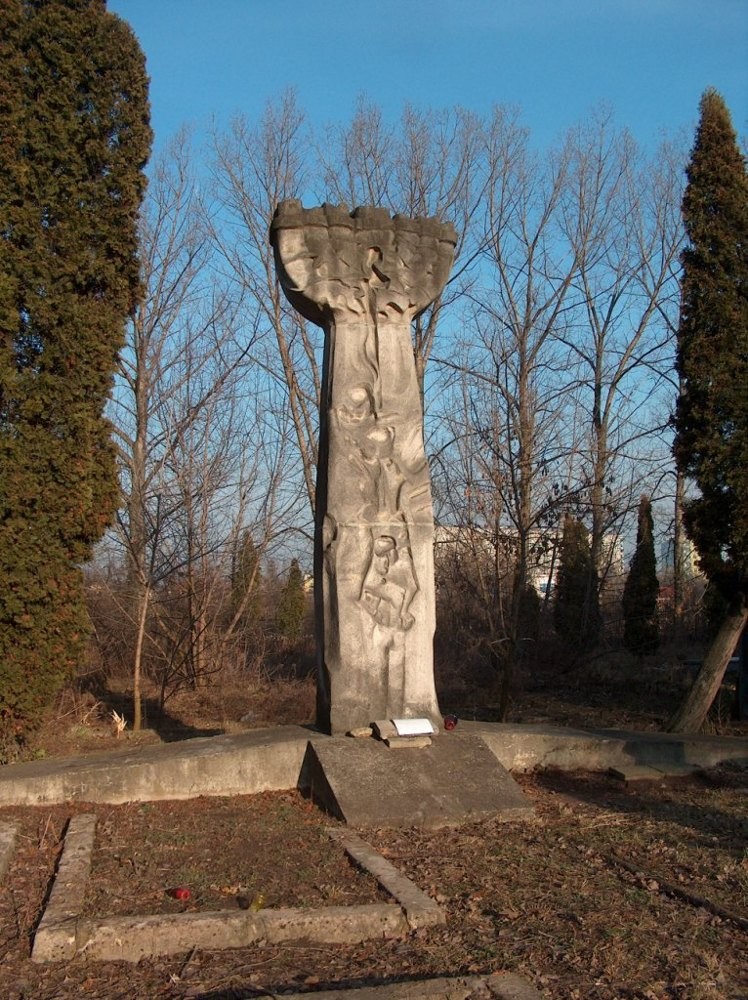On 24 March 1942, during the liquidation of the Lublin ghetto, officers of the German Police and SS Security Service — Worthoff, Knitzky, Sturm, Kalich, and Lell — led a group of children out of the Jewish orphanage at 11 Grodzka St. and loaded them onto trucks.
Hersz Feldman recalls that moment in the Lublin memorial book: "The SS-officers went [...] to the premises of the orphanage and rushed all children onto the street. Little children […] who were already in bed, were taken dressed in nightgowns only. It was cold and sleeting outside. Children were crying, the older ones were shouting. Their shouts were carried up to the sky itself.”
The trucks drove to the site of the former sand mine. The children were accompanied by their carers, who voluntarily decided to go with them: Chana Kuperberg and Miss Rechtman, possibly also Ewa Baum and the headmistress Hena Taubenfeld. The execution was witnessed by Poles living nearby, such as Marian Sobczyk, who told about it after the war: “There was a huge pit, about three metres deep. We are watching: a car is parked and children are being led out. We hear shooting. Those children were of different ages, dressed differently. Boys and girls. The girls had pigtails." Testimonies like these are preserved in the archives of the Jewish Historical Institute and the "Grodzka Gate".
We know little about the Jewish Nursery for Orphans and the Elderly in Lublin. At the beginning of September 1940, there were 72 children and 10 elderly people there. Some of the children were left during the day by their parents sent to forced labor. The Judenrat (Jewish Council) of the ghetto, which shared premises with the orphanage, did not have the means to increase the allocation of food or blankets for its residents. It is assumed that at the time of its liquidation, there were over a hundred children in the nursery.
The files of the postwar trials of German policemen from the Lublin district contain testimonies of several Jewish witnesses from the city. Sara Rapaport stated that two days after the execution, a girl named Donia, age thirteen, returned to the ghetto and told about the murder. She was terrified and ragged. Her further fate is unknown.
In 1948, the remains of the victims were exhumed and placed at the new Jewish cemetery. The site of the execution, marked with a commemorative plaque, is nowadays located in a residential area.
